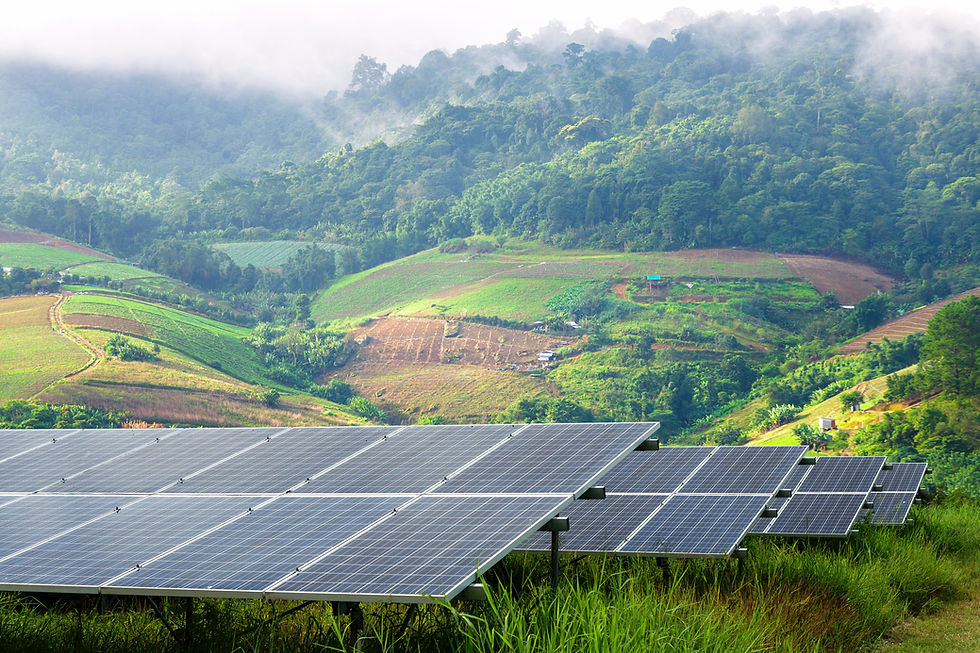The trade-off between inflation and unemployment patterns
- Nardos Berehe (Ethiopia), Project Advisor

- Dec 22, 2022
- 2 min read

The Phillips curve illustrates the historically persistent inverse link between unemployment and inflation. Developed by William Phillips, it claims high unemployment was often correlated with deflation or lower inflation, whereas low unemployment was typically correlated with higher inflation. Philips described the inverse relation has flattened in recent years, promoting debate among economists and policymakers. Due to this belief system, many governments adopted a "stop-go" strategy in which a goal rate of inflation was set, and the economy was expanded or contracted using monetary and fiscal measures to attain the target rate.
However, with the rise of stagflation in the 1970s, the consistent trade-off between inflation and unemployment collapsed, casting doubt on the Phillips curve's applicability. When looking into unemployment dynamics it is impossible to ignore its relation to the Consumer Price Index. Looking into the economic cost of employment it’s important to add GDP into the equation. This relation indicates that unemployment above the natural rate means that the economy is producing less than its potential output, called the GDP output gap, or simply the GDP gap. Higher unemployment rates create larger GDP output gaps.
As for cyclical inflation, it shows if the relationship between the unemployment gap and the category's inflation rate is negative and statistically significant. but inflation does not simply affect the unemployment rate but does so in a cyclical fashion, where inflation affects unemployment rates and vice versa. So high inflation seems to cause a rise in the unemployment rate. In support of this IMF, and the Organization for Economic Cooperation and Development showed its peak in the 1970s, the average level of inflation has fallen as a result of central banks’ disinflationary policies. What is also noticeable is that the relationship between cyclical unemployment and inflation appears to have moderated as the level has fallen.
In light of these correlations existing, keeping people employed is a better focus in the long run because unemployment is more significant than inflation. People have a chance to stay up with inflation even if prices are greater as long as they are employed. Global economies are challenged and confronted by actual evidence of employment and inflation, indicating that the optimum combination of policies needed to establish and sustain the ideal economy has not yet been identified. Still, regulators and governments leave out the unemployed when they concentrate on inflation, thus focusing on employment can bring about a positive result.


